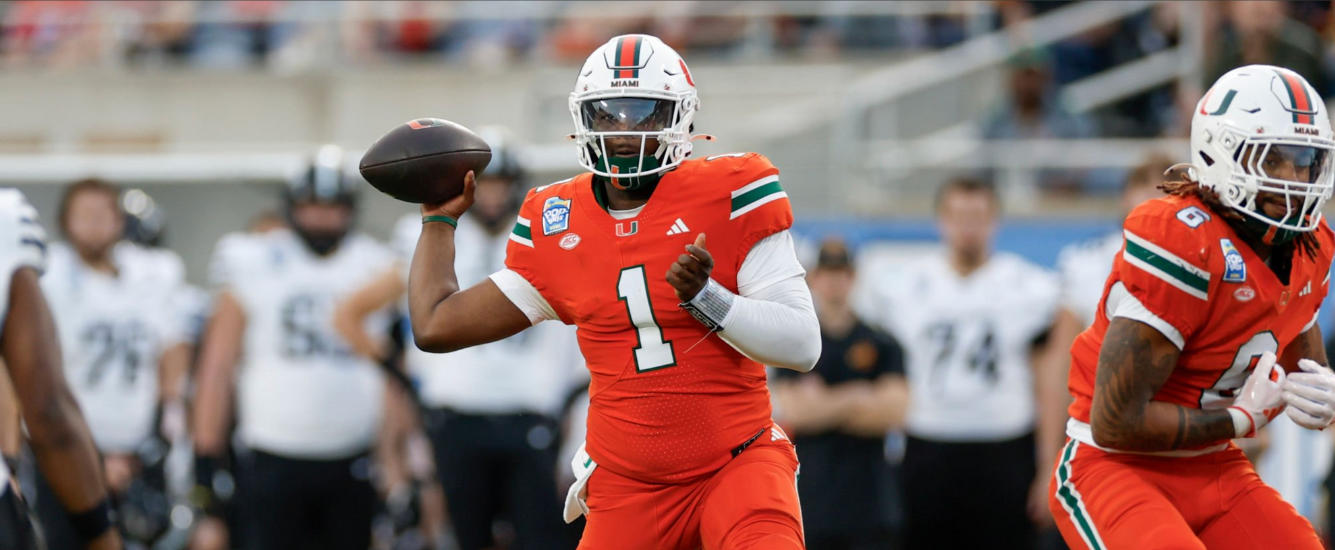Choosing the right defensive roster construction is one of the key tactical ingredients of a winning roster. In 20-round drafts, there are some clear takeaways. Early defenses are a trap due to the low correlation of performance from year to year, but that’s not the biggest danger. Selecting just one, or even two defenses, is one of the easiest ways to fall behind from a roster construction standpoint. Our goal should be to select three defenses in the late rounds of every draft.
But can we take this a step further and identify the right types of team defense to target? I’ll take you through a method for increasing your defensive scoring and show how I’ve accomplished this in my Yahoo drafts. You can then use the approach in a variety of best ball formats.
Yahoo! Scoring Settings

The highest amount of points a defense can score is through holding a team to 13 points or below. Shutouts are exceptionally valuable. However, these occasions are relatively rare. In 2019, defenses only accomplished these feats at the following rates:
0 points allowed: 4 games out of 256 (1.5%)
1-6 points allowed: 25 games out of 256 (9.7%)
7-13 points allowed: 75 games out of 256 (29%)
In total, there were only 104 games out of 256 (40%) where a defense earned at least four points from points allowed. In the majority of these instances, the defense earned exactly four points. Comparatively, in 174 games out of 256 (68%), a defense generated at least one sack and at least two turnovers. Even using this minimum threshold scenario, the vast majority of a defense’s fantasy points came from individual plays.
Individual Defensive Plays
In Yahoo’s format, most defensive scoring comes from sacks, interceptions, recovered fumbles, touchdowns. Blocked kicks (13 total in 2019) and safeties (17 total in 2019) are extremely valuable in the NFL, but so rare and unpredictable, that they are largely irrelevant from a predictive standpoint. The most important thing to note is the type of play best suited to generate an opportunity for a defense. On a rushing play, a sack and an interception cannot occur. The defense only has an opportunity to generate a fumble, and possibly a touchdown if they recover the fumble and score. However, on a passing play, every type of opportunity is possible for a defense. The quarterback can be sacked. His throw can be intercepted. He or the receiver can fumble. All of these things can also lead to a defensive touchdown. Therefore, if a defense faces more passing plays, it has more opportunities to score fantasy points. Because of this, we want to target defenses that will see the most passing volume. But what defenses are likely to see the most passing volume?
Game Script
When a team is trailing, they must score quickly, as the clock is not to their advantage. They do not have the luxury to take a methodical, run-oriented approach. Using the NFL Pace App, I generated play-calling tendencies for teams in negative game scripts as opposed to neutral and positive ones. For this analysis, negative game script means trailing by at least seven points. Neutral refers to a range of trailing by seven to leading by seven. Positive is winning by seven or more points. The results from the Pace App are in the table below.

Teams are more likely to pass, run no-huddle, and play more quickly when in a negative game script. We want our defenses playing these teams. But how can we identify the defenses likely to be in this situation?















